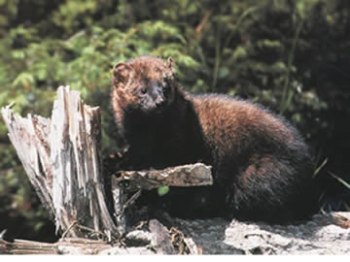Each week, MNA gathers news stories from around Michigan and the United States related to conservation and the environment. Here is some of what happened this week in environmental news:

The proposed route of the Iron Belle Trail. Image: Michigan Department of Natural Resources
Birders break records for Great Backyard Bird Count (Michigan Radio): Citizen scientists participating in the Great Backyard Bird Count logged 5,090 species this winter, about half the bird species in the world. The bitter cold this winter impacted the bird count, with fewer submissions this year, but still a record number of species were logged by those who did venture out.
Mich. Legislature approves $2M for Ironwood-Detroit trail, plus local projects (WDIO): The Michigan Legislature approved $24.7 million in spending on 69 recreational projects around Michigan, including funding for the Iron Belle Trail from Ironwood to Belle Isle in Detroit. This will connect several existing trails from Detroit to the western Upper Peninsula with two distinct routes, one for bicycling and one for hiking.
Children’s lung health improves as air pollution is reduced, study says (The New York Times): A new study published in The New England Journal of Medicine shows that reducing air pollution leads to improved respiratory function in children ages 11 to 15. The study was conducted over 17 years by researchers at the University of Southern California, measuring air pollution levels as they declined in five regional communities and breathing capacity in 2,120 schoolchildren from those communities.
Several local sightings prove bald eagles making comeback (The Oakland Press): Residents in Oakland County have reported seeing bald eagles in their communities recently. Experts say the eagles may not be as rare as some people think; there are approximately 800 bald eagles in Michigan. At Stoney Creek Metropark, bald eagles have been nesting since early 2013, and residents have reported seeing eagles in Highland Township and Waterford Township.

